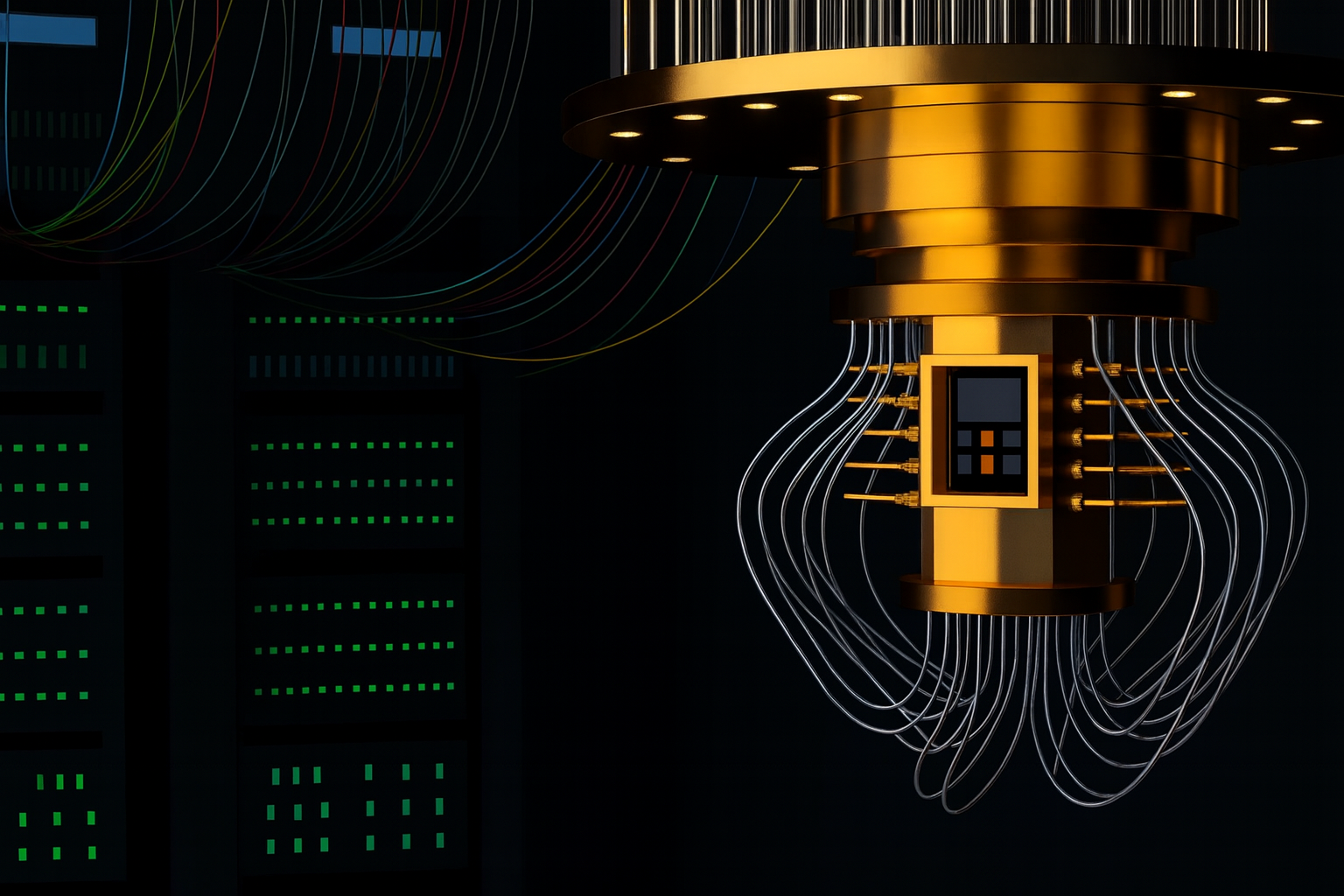To prove this, researchers have found a way to check if a quantum computer is truly quantum or merely mimicking quantum behaviour with classical physics properties.
 Scientists have finally proven that large quantum systems truly follow the bizarre rules of quantum mechanics.
Scientists have finally proven that large quantum systems truly follow the bizarre rules of quantum mechanics.For years, physicists have asked a basic question about quantum computers: do they truly follow the strange rules of quantum mechanics, or do they only appear to? A new international study says they do, and now there is experimental proof.
The team has confirmed that large quantum processors show real quantum behaviour, not a classical imitation of it. The finding matters because today’s quantum devices hold dozens of qubits, and proving their “quantumness” is essential for trust in future machines.
To detect the quantumness of the system, researchers used a method called Bell’s test. When one quantum particle seems to affect another instantly, even if they are far apart, this link is called non-local correlation. It doesn’t happen in standard physics.
If a system shows this effect, it means it is truly quantum. Before this study, scientists could only run Bell’s test on small setups with just a few quantum bits, or qubits.
Researchers from Leiden University, Tsinghua University in Beijing, and Zhejiang University in Hangzhou pushed the boundary further. They applied Bell’s principles to a superconducting quantum chip containing 73 qubits. Instead of directly measuring every correlation, they used the chip’s built-in ability to minimise energy to detect when it entered a truly quantum state.
The data showed energy readings far below what any classical setup could produce. The team also confirmed deeper correlations, known as multipartite Bell correlations, across smaller groups of qubits. Giving proof that all the qubits were linked in a single quantum system.
The result gives scientists a new way to verify that quantum computers are genuinely quantum. It also provides a foundation for more secure communication and stronger algorithms as the technology grows in scale.
As a tech journalist at EFY, Janarthana Krishna Venkatesan explores the science, strategy, and stories driving the electronics and semiconductor sectors.

 4 days ago
3
4 days ago
3
.jpeg)
























.jpeg)













 English (US) ·
English (US) ·